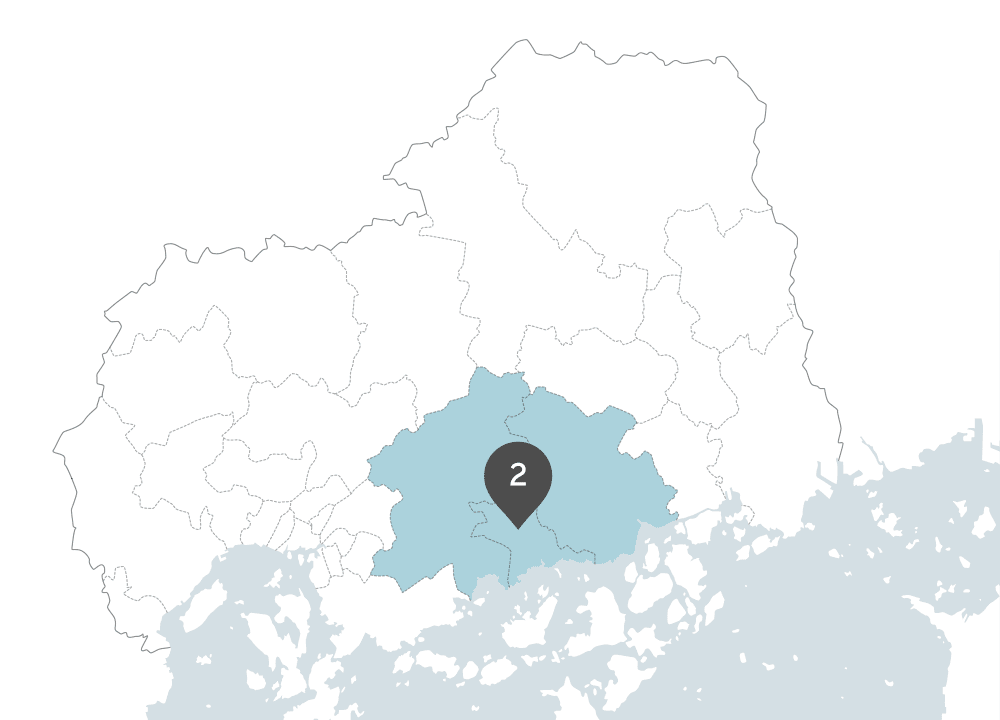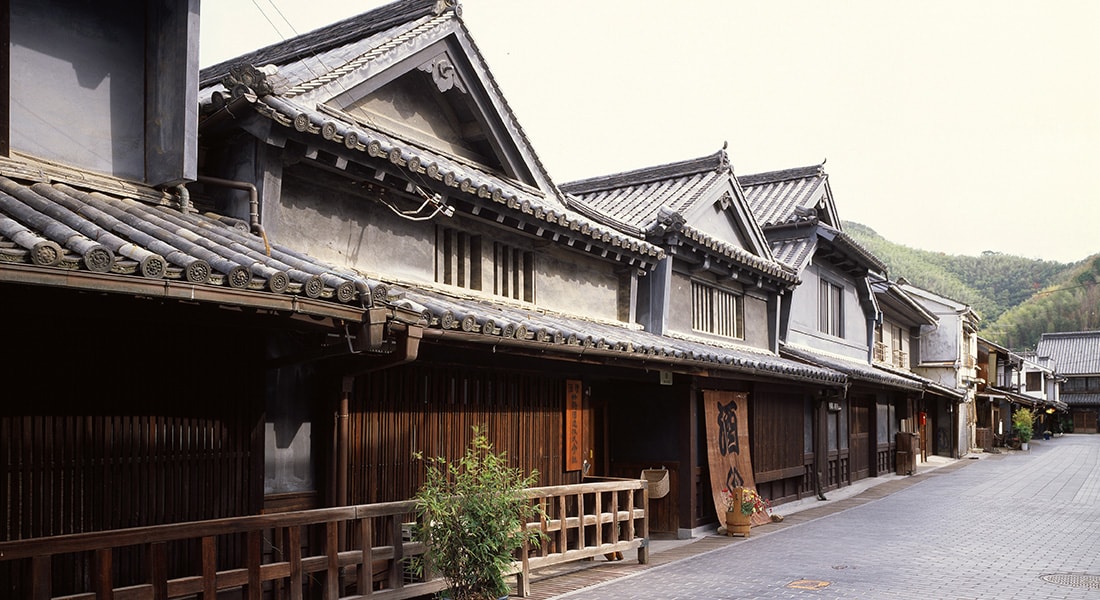The city of Kure has many shipbuilding and naval facilities, including the Maritime Self-Defense Force Base Array at Sukojima, where you can see a real submarine up close and in detail. The Yamato Museum has materials related to the battleship Yamato, which was one of the largest battleships ever built. The Maritime Self-Defense Force’s Kure Archives (nicknamed the Iron Whale Museum) is a giant submarine displayed on land and is particularly popular with fans in Japan and abroad.
- The Yamato Museum (https://yamato-museum.com/eng/, https://yamato-museum.com/promotioncollaboration-with-missouri-memorial/)
- Alley Karasukojima [Japanese] (https://www.hiroshima-kankou.com/spot/3708)
- Iron Whale Museum (https://www.jmsdf-kure-museum.go.jp/en/)



